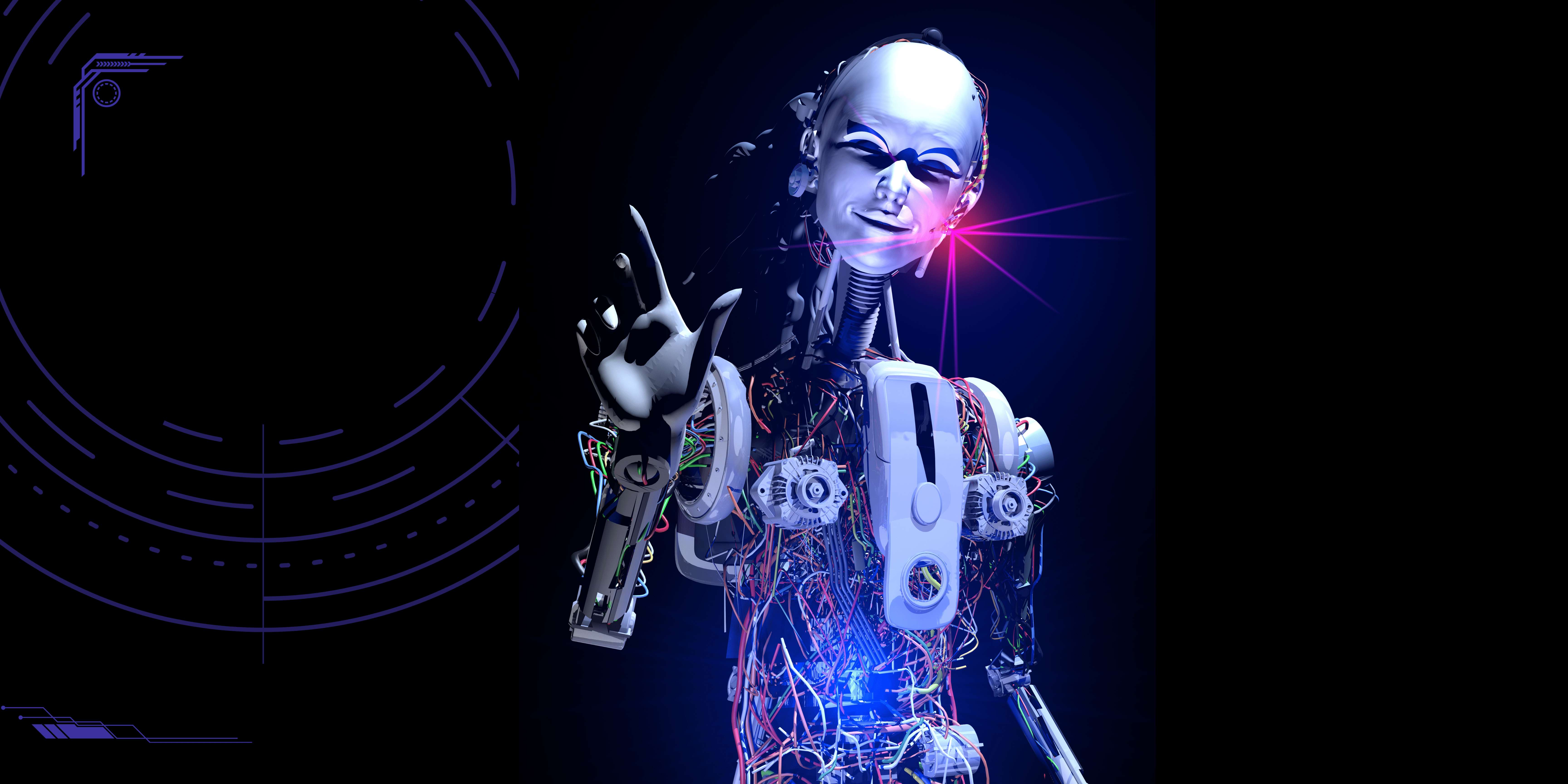Getting Started with Generative AI: A Deep Dive
- Get link
- X
- Other Apps
Getting Started with Generative AI: A Deep Dive

Generative AI refers to artificial intelligence models that can create new content—such as text, images, music, or code—based on patterns learned from existing data. Unlike traditional AI, which focuses on analyzing or classifying data, generative AI actually builds new, original data. This guide covers:
- What Generative AI is and how it works
- Popular generative models
- Real-world applications
- Risks and ethical concerns
- Future trends
1. What is Generative AI?
Generative AI models learn from massive datasets and generate outputs that mimic the structure of the data they were trained on. They are typically powered by deep learning models such as GPT (for text), DALL·E or Midjourney (for images), and audio/video equivalents.
2. How Does Generative AI Work?
Most generative models use transformers—large neural networks that can understand context and sequence. These models are pre-trained on a wide variety of data and then fine-tuned for specific applications, such as conversation, coding, or image generation.
3. Popular Generative AI Tools
- ChatGPT: Generates human-like conversations and content
- DALL·E / Midjourney: Converts text prompts into detailed images
- Claude / Gemini / LLaMA: Competing text-based models with different strengths
- Runway / Sora / Veo: Tools for text-to-video generation
4. Real-World Applications
Generative AI is used in a range of industries:
- Marketing: Blog posts, social media captions, ad copy
- Design: Logo and product mockups
- Healthcare: Drug discovery, synthetic medical data
- Education: Personalized learning material and feedback
- Software: Code generation, testing, documentation
5. Risks and Challenges
- Bias: AI can reflect or amplify existing social biases
- Hallucination: Models can generate confident but false information
- Plagiarism: Outputs may closely resemble training data
- Misuse: Deepfakes, misinformation, automated scams
6. Future of Generative AI
Looking ahead, generative AI will continue evolving through:
- Multimodal AI: Combining text, image, and audio in one model
- Autonomous agents: AI that can reason and act with minimal input
- Ethical AI: Tools to detect AI-generated content and ensure transparency
- Personalization: Custom AI models trained on individual preferences
7. Getting Started with Generative AI
Here’s how to begin your journey:
- Try free tools like ChatGPT, DALL·E, or Canva AI
- Practice writing prompts for better output
- Explore tutorials or YouTube guides
- Experiment with AI content in your blog, art, or work
Conclusion
Generative AI is reshaping how we work, create, and communicate. Whether you're a student, developer, artist, or entrepreneur, learning about GenAI gives you a competitive edge. Use it wisely, creatively, and ethically.
If you found this guide helpful, check out our earlier post: “Getting Started with AI: A Beginner’s Guide to the Future.”
- Get link
- X
- Other Apps
Comments
Post a Comment